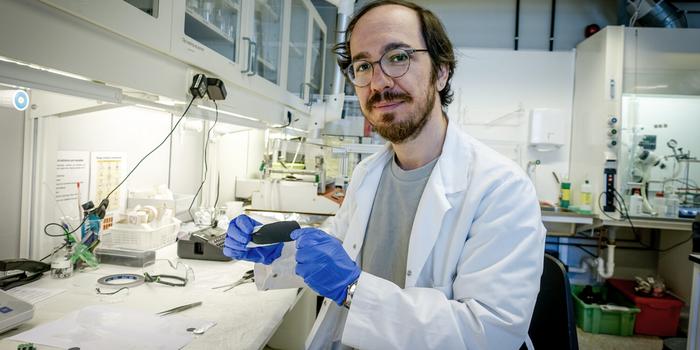Scientists at the Norwegian University of Science and Technology (NTNU) have developed a breakthrough coating that could transform lithium-sulphur (Li-S) batteries, extending their lifespan fivefold while reducing the weight of electric vehicle (EV) battery packs. The innovation addresses one of the biggest challenges that has held back Li-S technology: their tendency to degrade quickly due to the so-called “shuttle effect,” where lithium polysulfides leak between electrodes and shorten cycle life.
A Smart Filter That Blocks Battery Decay
Instead of reworking the cathode or electrolyte, NTNU researchers turned their attention to the separator, the thin barrier between the battery’s anode and cathode. They coated it with a patented ultra-thin film named HiSep-II, which acts as a smart filter. This filter allows lithium ions to pass freely while blocking damaging polysulfides from migrating through the separator. In tests, this simple but clever approach extended the battery’s cycle life from about 200 cycles to nearly 1,000 cycles, a dramatic fivefold increase.
Lighter Packs and a Greener Future
The benefits go beyond durability. By integrating HiSep-II, an 800-volt EV battery pack could be made more than 200 kilograms lighter, helping cars travel farther on a single charge while improving efficiency and performance. Sulphur, unlike cobalt or nickel, is abundant and inexpensive, making the technology not only effective but also more sustainable and cost-friendly. Researchers believe this coating could also find applications in drones, aircraft, ships, and renewable energy storage systems. With a patent already filed, NTNU is now seeking industrial partners to scale production and test the coating under real-world conditions.
A Path Toward the Future of Clean Energy
If successful, this innovation could pave the way for a new generation of lightweight, longer-lasting, and more eco-friendly batteries—reshaping the future of electric mobility and clean energy.
Image & Article source by Sølvi W. Normannsen


